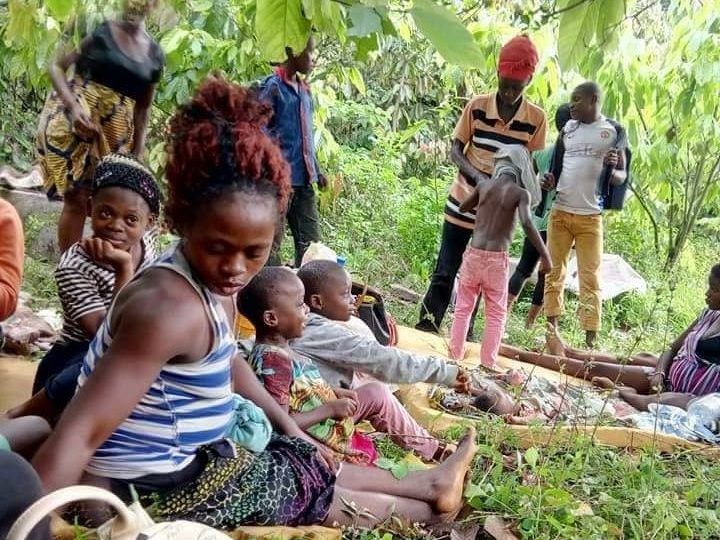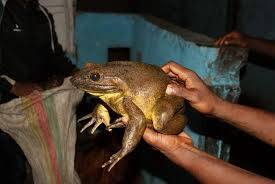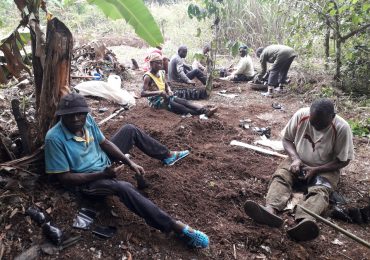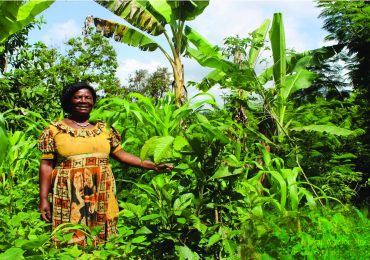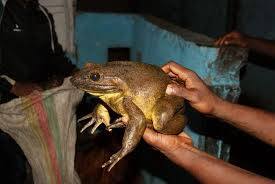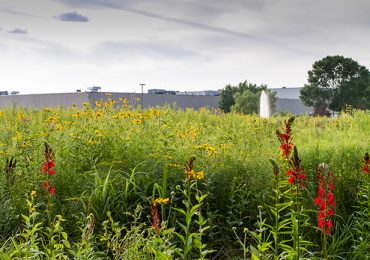Since the outbreak of the intransigent Anglophone crisis in the Northwest and Southwest Regions of Cameroon, many people in rural areas have been displaced, with majority of them finding refuge in the forests. In most areas in Lebialem, the aggrieved population is being displaced into the forest where accessibility is difficult. Surveys show the internally displaced people are greatly affecting the natural resources in their localities. This is because they solely depend on these natural resources for their livelihoods, as they compete living space and food with the wild.
The crisis in the region has drastically forced 95% of the population into forest habitats for protection, transportation of food and health care facilities from urban area into the communities are totally halted. There is gender base violence in camps, increase dependency on natural resources, total close down of educational facilities, loss of homes by some local people, increase forest fragmentation, inadequate support from international, national and local bodies.
Most conservation activities in the Lebialem Highlands have been totally halted such that conservators, Village Forest Management Committees, local rangers and eco-guards face difficulties in carrying out their activities. Some activities have been completely quarantined in the area. Additionally the massive population solely rely on natural resources for livelihood through hunting, farming and harvesting of non-timber forest products.The conservation activities of the protected areas have been affected in the landscape since regular monthly patrols and forest surveillance were stopped.
This has led to massive hunting of animals and destruction of the ecosystem for living space. However the Environment and Rural Development Foundation (ERuDeF) have not relented it’s efforts, as it intends to work together with it’s international partners to promote and facilitate the conservation activities in the area. This would be achived through the use of Village Forest Management Committees and the local rangers. This will also require the support of local communities and the relevant government officials.


